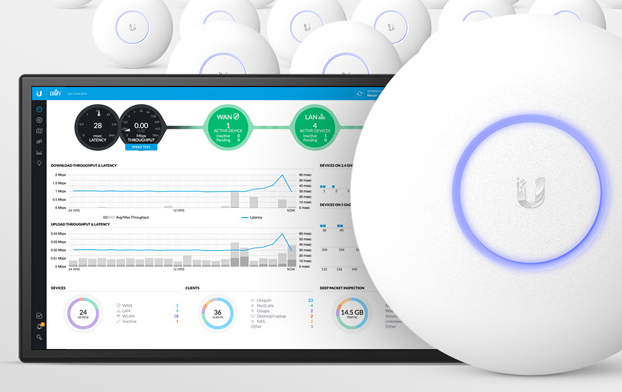Why your home wireless network is awful...and how to fix it!

Over the years, I’ve experienced all sorts of problems and frustrations with consumer-grade wireless routers and access points. Last fall I finally took the plunge using enterprise-grade gear at home. One company who is dominating in this space right now is Ubiquiti Networks. Ubiquiti’s lineup of affordable enterprise-grade network gear opens up a whole new realm of options for a more robust home network.
If you’ve never known any different, perhaps you think your home network works just fine – or as good as can be expected. Time to change your thinking!
Previously I was using a Netgear R7500 Wireless Router. It wasn’t bad per se, but just not great. The range was mediocre and often experienced network lag when multiple devices were vying for the same wireless bandwidth. Along the way in my quest for a better network, I had been quite a fan of DD-WRT. The DD-WRT open source firmware definitely helped get the most out of consumer gear.
The Ubiquiti Networks Unifi 802.11ac Dual-Radio PRO Access Point (UAP-AC-PRO-US) is a solid access point which definitely outperforms its consumer-grade rivals. The range on both 2.4Ghz and 5Ghz is significantly better, to the point that the wireless range extenders I once relied on are no longer needed.
It’s worth noting that this device is not a router. In other words, you’ll still need a router on your network to use this access point. The easiest way to do this is to disable the wireless function on your existing wireless router, plug in the UniFi AP and you’ll be on your way.
Stepping up to gear designed for the enterprise does pose some challenges in terms of setup and configuration. While not as simple as the Linksys plug and play you may be used to, the configuration options are plentiful – perhaps even daunting at first. After having spent some time with the UniFi Controller software, it’s actually quite slick and provides quite a bit of insight about the network.

